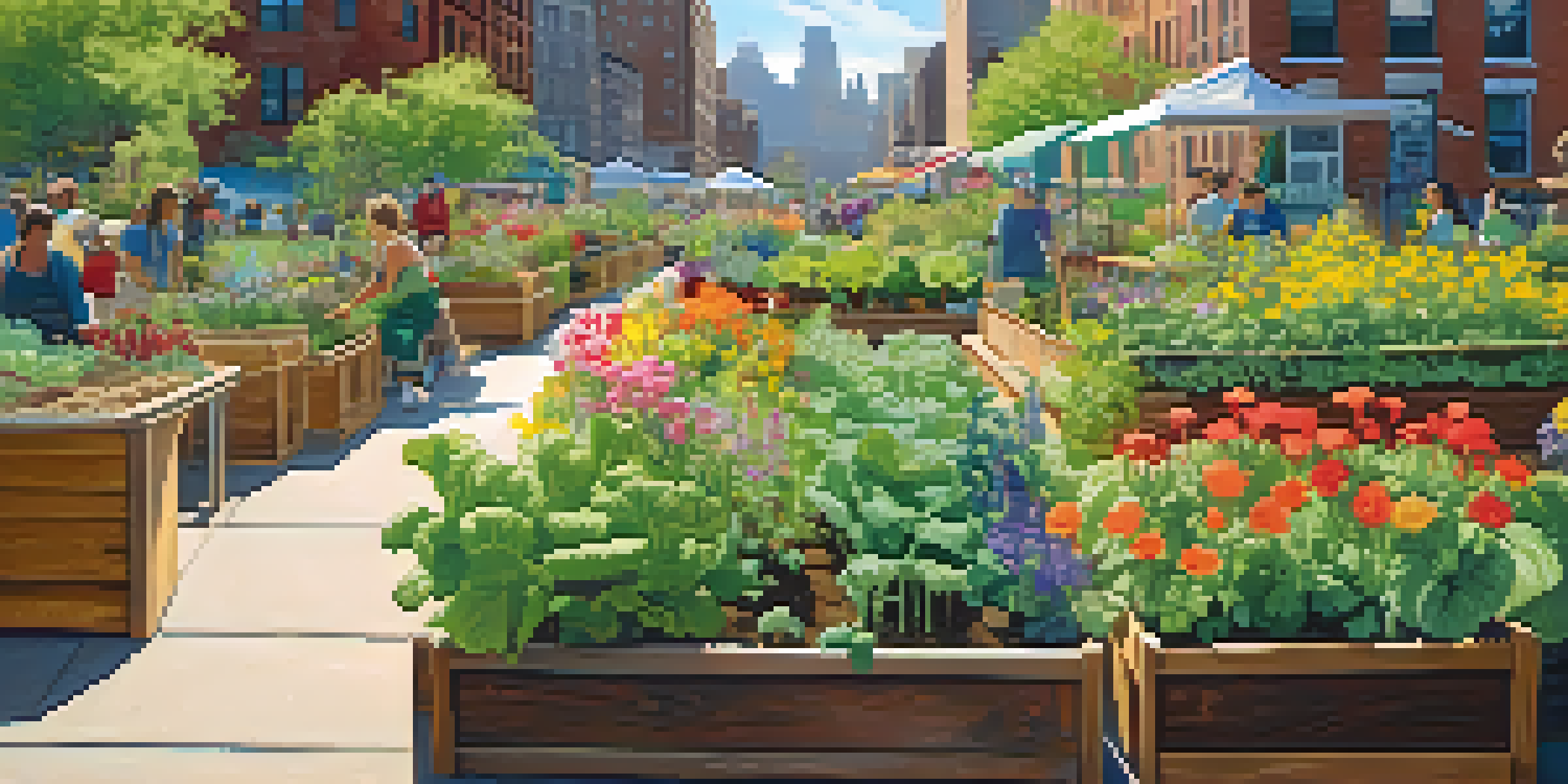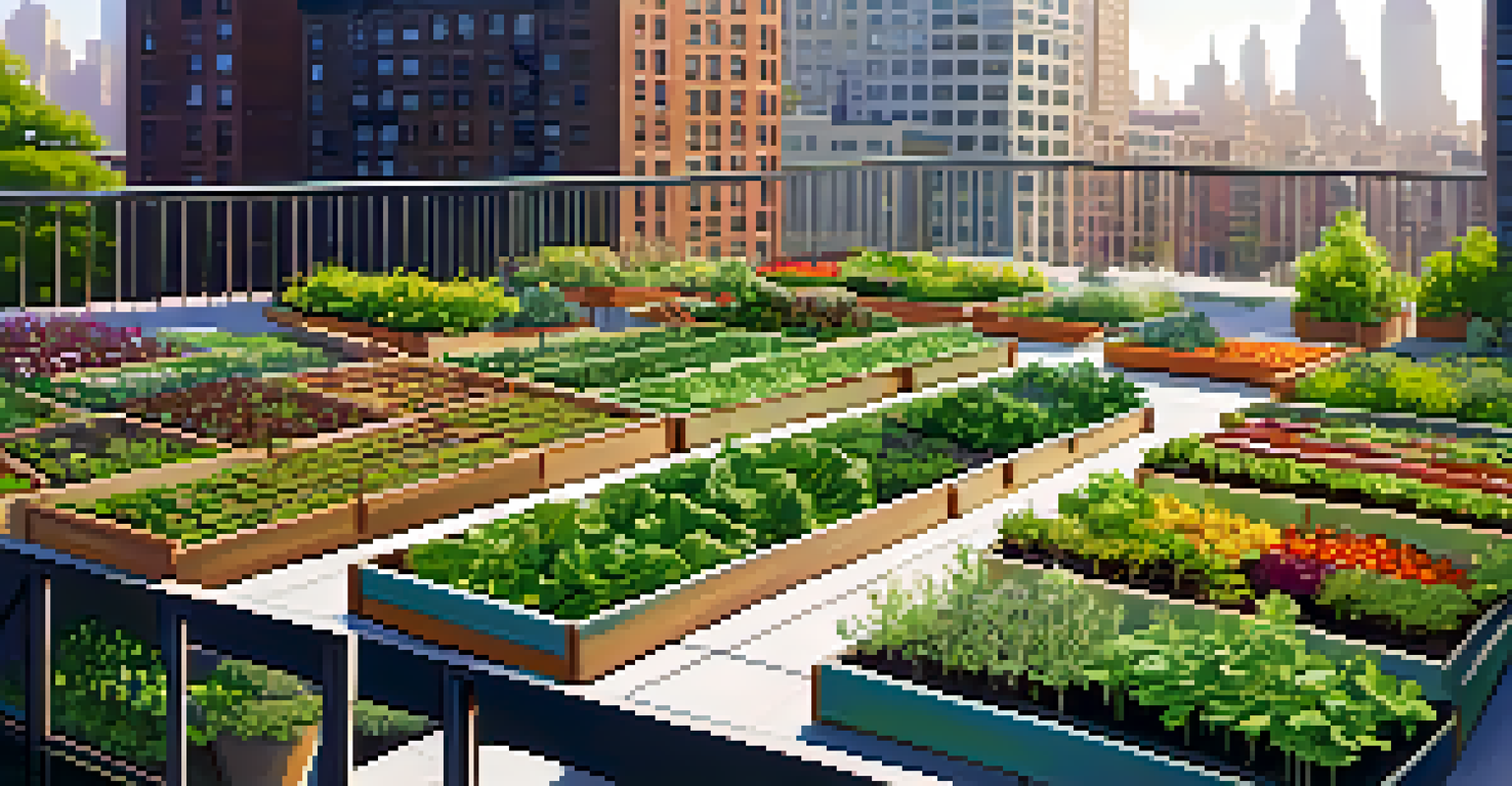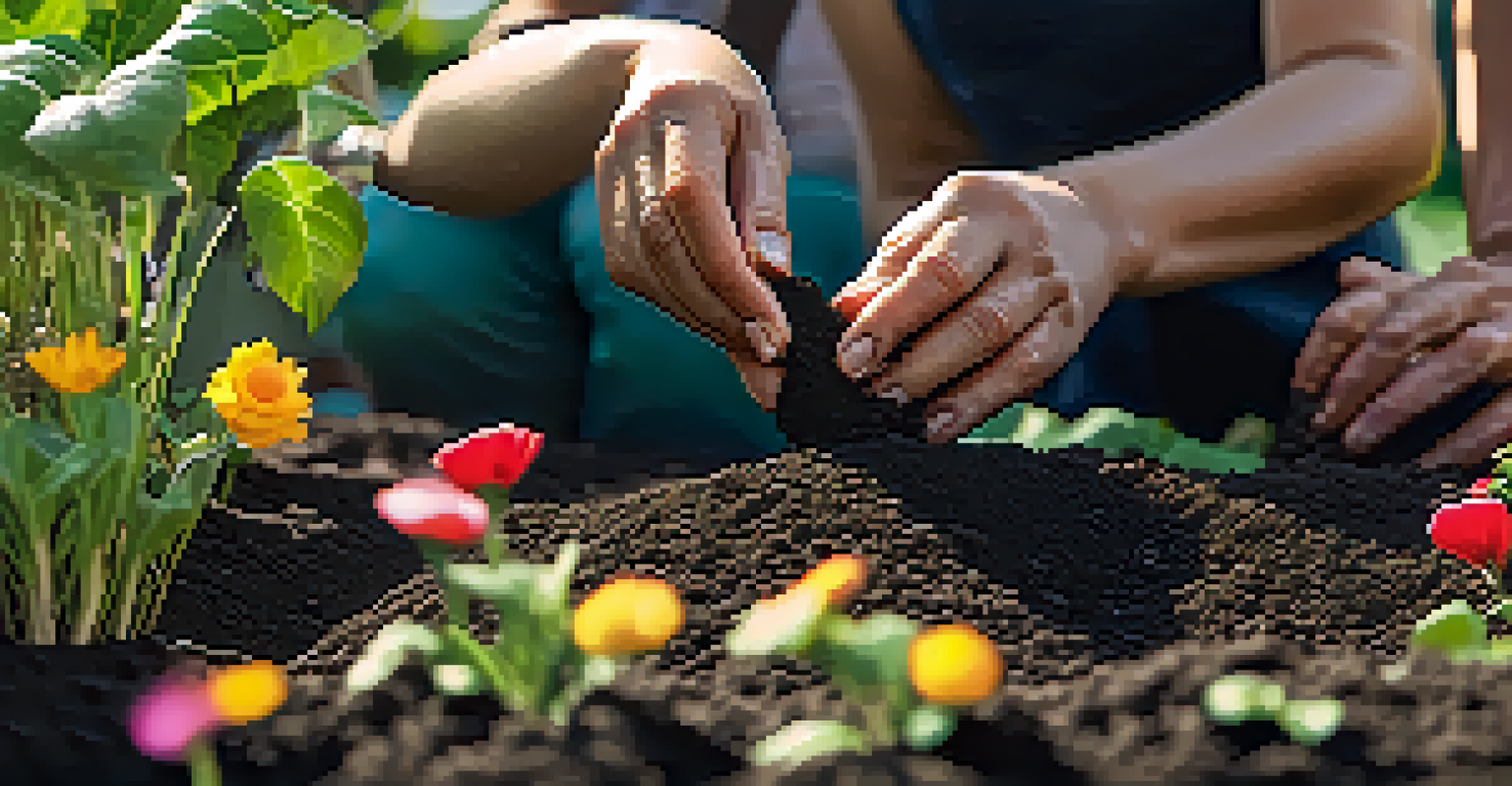Community Gardens: Fostering Green Spaces in NYC

What Are Community Gardens and Their Purpose?
Community gardens are shared spaces where individuals come together to grow plants, flowers, and vegetables. These gardens often transform vacant lots or underutilized spaces into vibrant green areas. Their primary purpose is to foster community engagement while promoting sustainability and local food production.
The future will be green, or not at all.
In New York City, community gardens offer residents a chance to reconnect with nature amidst the urban hustle. They serve as a sanctuary for city dwellers looking for a respite from concrete surroundings. More than just a gardening space, they become social hubs where neighbors can cultivate friendships alongside their plants.
By growing their own produce, community members also gain access to fresh, organic food, which can be a luxury in food deserts. This aspect not only promotes healthier eating habits but also empowers individuals to take an active role in their food sourcing. Ultimately, community gardens enrich urban life by enhancing both physical and mental well-being.
The History of Community Gardens in NYC
The roots of community gardening in New York City can be traced back to the 1970s when urban decay led to the abandonment of many lots. Residents began to reclaim these neglected areas, turning them into gardens as a way to beautify their neighborhoods. This grassroots movement quickly gained momentum, supported by local organizations and city initiatives.

Throughout the 1980s and 1990s, community gardens flourished, particularly in neighborhoods like the Lower East Side and Harlem. These gardens became symbols of resilience and hope, often emphasizing social justice and environmental awareness. As they grew, so did the recognition of their importance in urban planning and community development.
Community Gardens Foster Connection
These shared spaces not only provide fresh produce but also strengthen community bonds and promote social interaction.
Today, NYC boasts over 600 community gardens, each with its unique character and mission. Some focus on food production, while others prioritize education or cultural expression. This diversity reflects the city's rich tapestry of cultures and the collaborative spirit that community gardens embody.
Benefits of Community Gardens for Local Communities
Community gardens offer a multitude of benefits that extend beyond just growing food. They serve as a platform for education, where community members can learn about gardening, nutrition, and sustainability. Workshops and events often take place in these spaces, fostering a sense of shared knowledge and skills.
Gardening adds years to your life and life to your years.
Additionally, these gardens act as vital green spaces that improve air quality and reduce urban heat. They help combat the heat island effect experienced in dense city areas, providing cooler environments for both plants and people. This greening effect also enhances local biodiversity, supporting various wildlife species.
On a social level, community gardens promote inclusivity and strengthen community bonds. They bring together people from different backgrounds, encouraging collaboration and understanding. Engaging in gardening activities fosters teamwork and builds a sense of ownership, resulting in a stronger, more connected community.
How to Get Involved with Community Gardens
Getting involved with community gardens is easier than you might think! Many gardens welcome new members, regardless of gardening experience. Simply visit a local garden, attend a meeting, or check their website for information about volunteer opportunities and membership.
If you're interested in starting your own garden, consider reaching out to local organizations that support community gardening initiatives. They can provide guidance on securing land, resources, and even funding options. Collaboration with neighbors is key, as community gardens thrive on collective effort and shared vision.
Challenges Threaten Garden Survival
Community gardens face pressures from real estate development and funding shortages, which can jeopardize their existence.
Lastly, even if you don't have the time to garden, you can support these spaces by attending events, donating supplies, or participating in community clean-up days. Every bit of involvement counts and contributes to the overall success and sustainability of community gardens.
Challenges Facing Community Gardens in NYC
Despite their benefits, community gardens in NYC face several challenges that threaten their existence. One major issue is ongoing pressure from real estate development, which often prioritizes profit over green spaces. As the city continues to evolve, many gardens are at risk of being lost to new construction projects.
Another challenge is securing funding and resources to maintain these gardens. Many rely on donations and volunteer labor, which can be inconsistent. Without proper financial support, gardens struggle to thrive, impacting their ability to provide the community with fresh produce and educational programs.
Moreover, community gardens can sometimes face internal conflicts among members about management practices or garden goals. Effective communication and collaboration are essential to navigate these challenges, ensuring that everyone feels heard and invested in the garden's future.
Success Stories: Community Gardens Making an Impact
There are numerous success stories of community gardens in NYC that showcase their transformative power. For instance, the La Plaza Cultural community garden in the East Village has evolved into a cultural center, hosting art events, performances, and cooking classes. This space not only provides fresh produce but also enriches the local arts scene.
Another remarkable example is the Brooklyn Grange, a rooftop farm that has turned once-unused urban spaces into thriving agricultural hubs. They not only produce vegetables but also engage the community through educational workshops and farm-to-table events. Their innovative approach highlights how urban agriculture can be both sustainable and profitable.
Future of Gardens Depends on Advocacy
The preservation and expansion of community gardens rely on collective action and support from residents and local organizations.
These success stories illustrate the potential of community gardens to create lasting positive change. They not only enhance food security but also strengthen community ties, promote environmental stewardship, and foster creativity. Through collaboration and commitment, community gardens continue to make a significant impact on urban life in NYC.
The Future of Community Gardens in New York City
The future of community gardens in NYC holds both promise and uncertainty. As more residents recognize the importance of green spaces, there is growing advocacy for their preservation and expansion. This grassroots movement is critical in ensuring that community gardens remain a vital part of the urban landscape.
Innovative initiatives are emerging, such as partnerships with local schools and organizations to promote gardening education. These collaborations not only help sustain existing gardens but also inspire the next generation of urban gardeners. By fostering a love for gardening early on, communities can ensure a lasting legacy.

Ultimately, the future of community gardens hinges on collective action and support. By uniting around these shared spaces, residents can continue to cultivate not only plants but also their neighborhoods. As they grow, community gardens will remain integral to the identity and health of New York City.